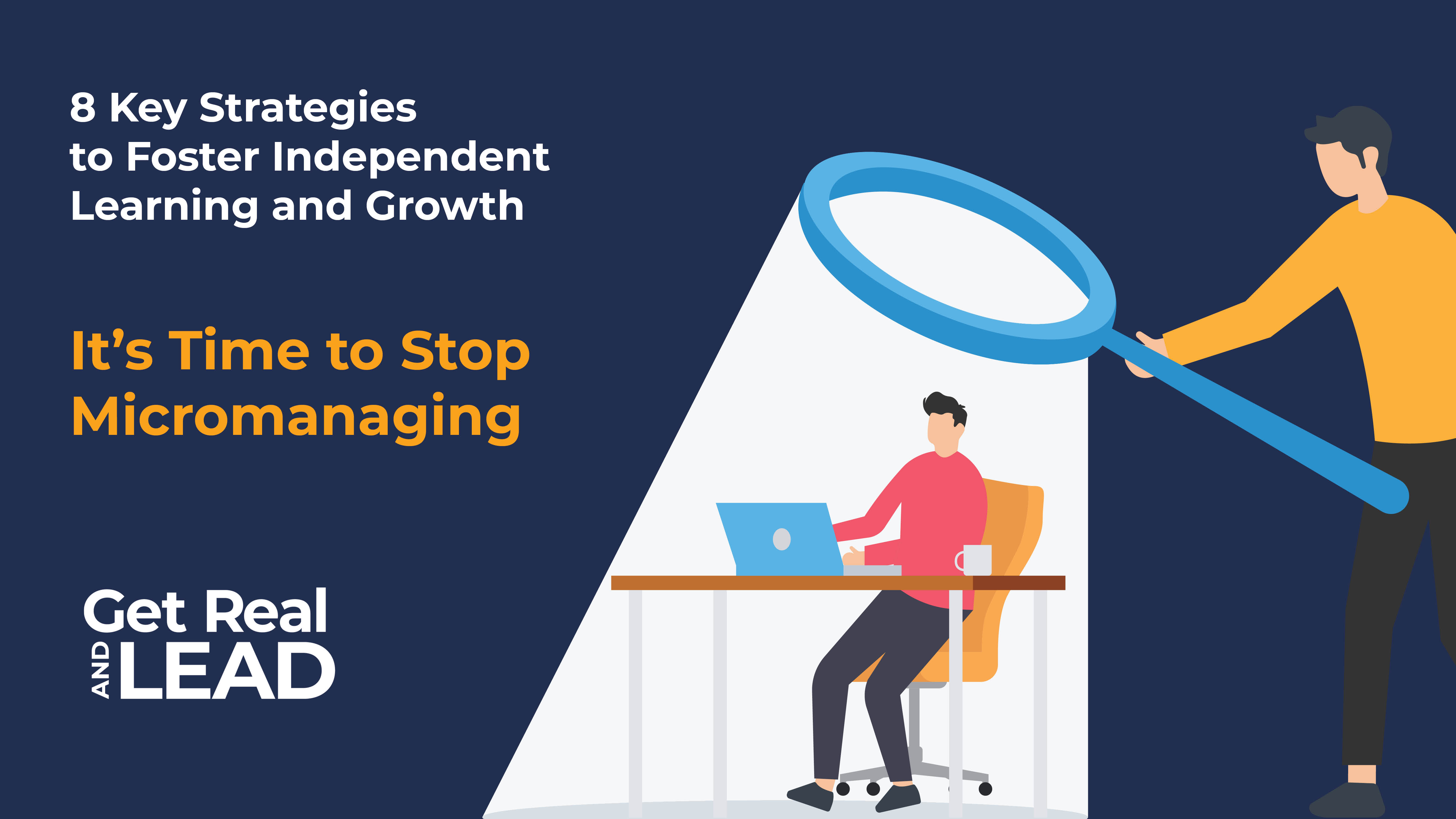How to Inspire Your Team to be Self-Directed, Independent Learners

How to Inspire Your Team to be Self-Directed, Independent Learners
Supporting your team in their leadership journey isn’t about pushing them toward goals, but creating an environment where they feel capable of growing on their own terms. This environment fosters a sense of ownership and critical thinking skills, and it inspires team members to be self-motivated, independent learners who are driven by curiosity and the desire to do their best work.
Guide Your Team to Become Self-Motivated Learners
Being confident and autonomous is what truly motivates people and drives them toward continuous growth and self-improvement.
Your job is to create a culture that fosters curiosity and continuous learning. Help them develop a mindset of growth by encouraging them to ask questions and try new approaches.
Remember, learning and development don’t have to be formal—what is learned from day-to-day experiences can have a huge impact on a person’s growth.
Leadership Development Isn’t Just for Leaders
High-performing teams encourage leadership development on every level. Leadership skills and behaviors benefit everyone, not just those with specific promotions or job titles. When you create a culture that supports independent learning and development, natural leaders will emerge—and not always from the places you’d expect.
8 Ways to Encourage Self-Directed Learning and Growth
Stop micromanaging. People don’t experience their best growth when someone is breathing down their neck. If you want a team full of independent learners, then you need to step back and give them space to learn.
Teach critical thinking skills. As a leader, you want to encourage and guide your team to think for themselves. Someone with high critical thinking skills can better analyze and learn from their experiences than someone who is just following orders.
Delegate decisions, not just tasks. It’s important to trust your team with responsibilities to encourage their independence, but this doesn’t mean just giving them a to-do list of tasks. Involve them in decision-making processes so they can learn to problem-solve and strategize through real-world experience.
Let them take risks. Failure is a learning experience—sometimes you even learn more from failure than from success. That’s why you have to let your team take intentional, calculated risks—even if it means they sometimes experience failure.
Identify strengths and skills. Help your team members assess their own skills and strengths—the abilities that set them apart and drive their success. When they know their own strengths, they can focus on learning in areas that will maximize their performance and impact.
Help them learn new skills. Work with individuals to identify skills they want to learn and guide them to resources that will help them achieve their learning goals. Then, keep up with their progress and give them a chance to put those new skills into practice.
Guide them with questions. Asking the right questions is one of the most powerful ways you can influence your team. It allows you to guide the conversation while also giving them the opportunity to think of their own ideas and solutions.
Provide or facilitate ongoing mentoring or coaching. Independent learning doesn’t mean isolated learning. A good coach or mentor will use their knowledge and experience to guide and encourage self-directed learning.
Download Your Exclusive Leadership Guide Now
To download our Exclusive Leadership Guide: 8 Key Strategies to Foster
Independent Learning and Growth, click HERE.






